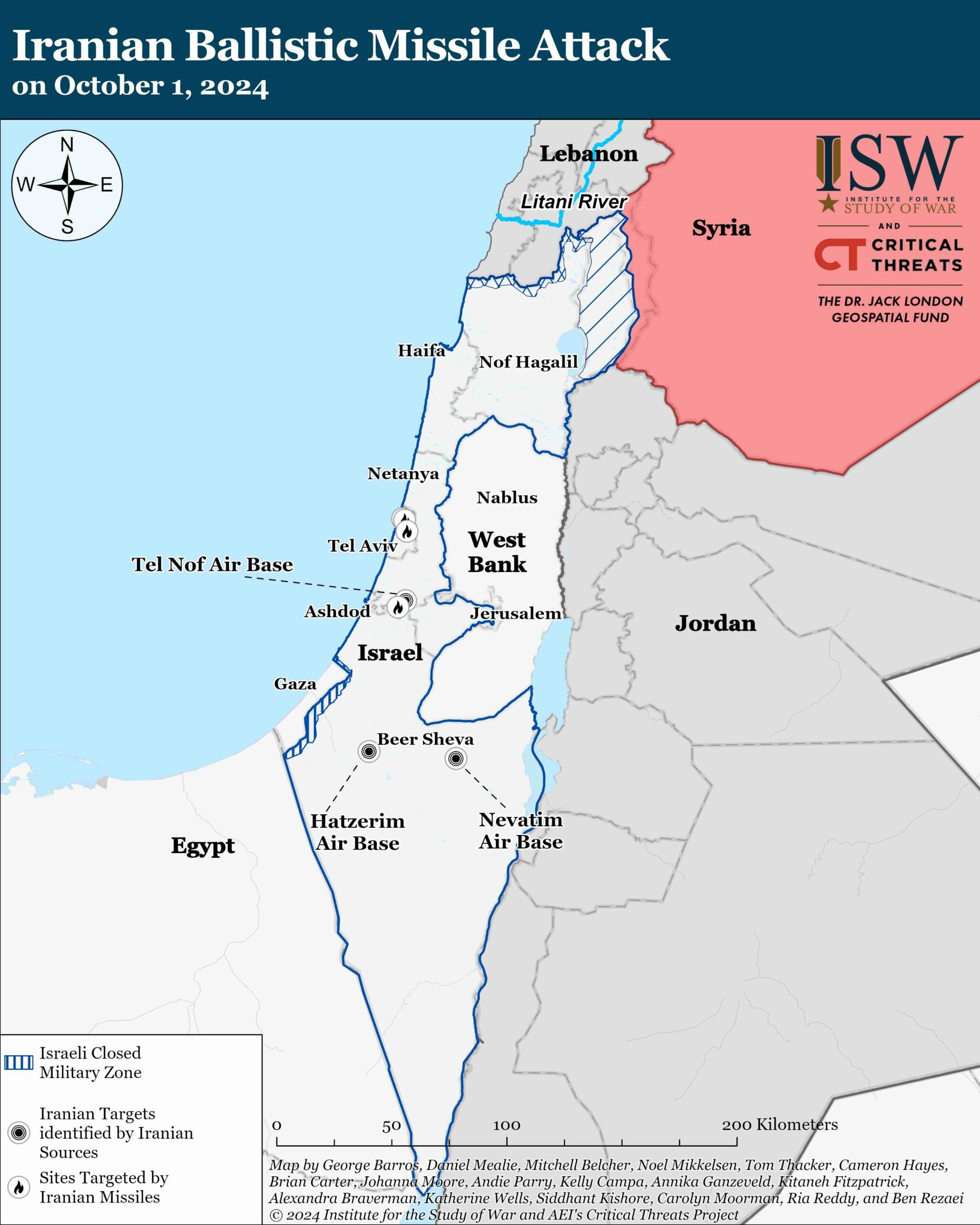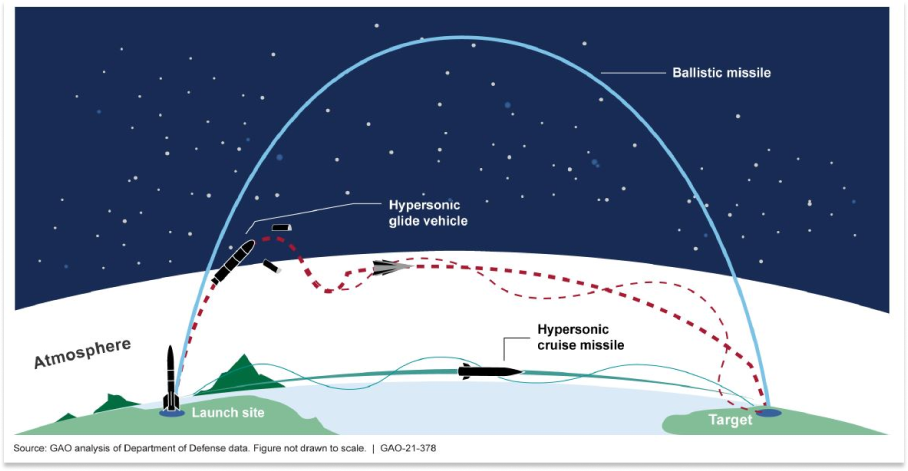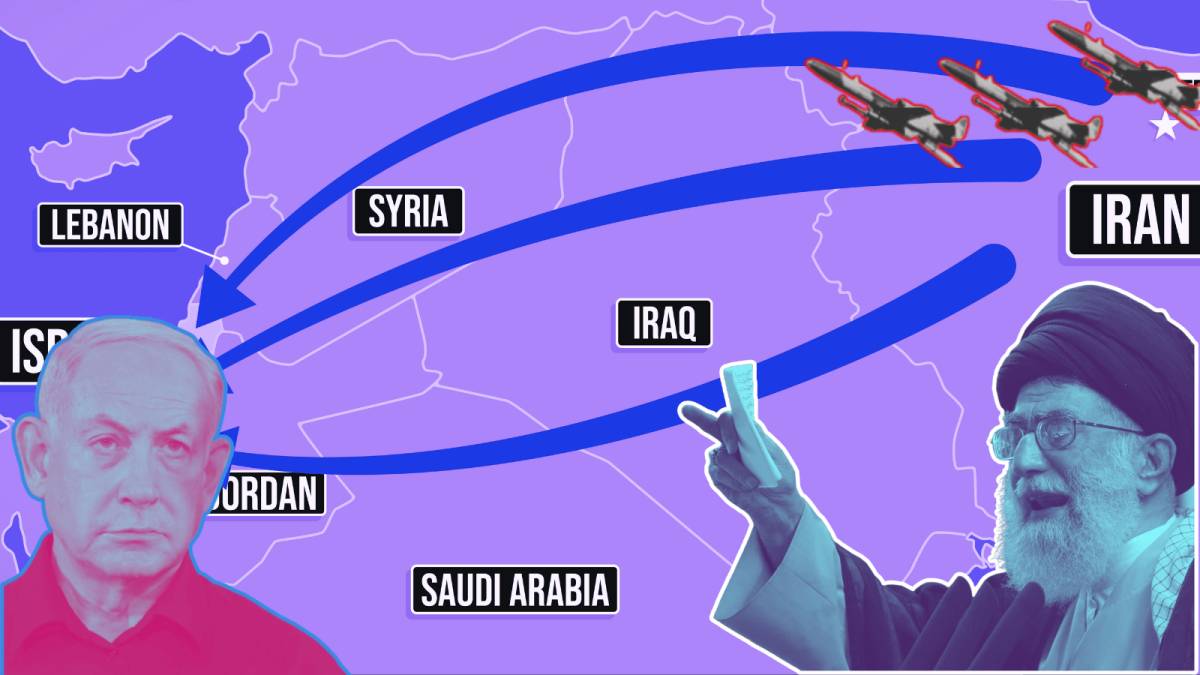By Akankshya Ray and Mohammad Taha Ali
Introduction
On 26 October, Israel launched a new wave of airstrikes on Iran, arguing that it was retaliating against military bases after ballistic missiles that Iran had fired at the territory of Israel. It is the second direct attack on Israel, which Iran has conducted in half a year, and happens to be the one that Israeli authorities are now portraying as justifiable, according to what the former call months-long Iranian aggression. According to reports, missiles have already been fired from several points, among which were Isfahan, Tabriz, Khuzestan, and even Iraq. The scenario played out on international media via television broadcasts, when missiles fell on Israeli ground, hitting the mark just right when their defence systems were doing a great job-they catching a few incoming missiles using Arrow, David’s Sling, and Iron Dome defence systems under the same programme.
How did Iran Punch through Israeli’s Airspace?
At approximately 19:30 local time (16:30 GMT) on October 1, 2024, sirens blared across Israel, urging 10 million people to take cover in bomb shelters. The impenetrable Israeli airspace was pierced as Iranian missiles managed to hit Tel Aviv. The damage was minimal, but the message was clear – Israeli airspace can be breached. Iran claimed that the attack was an act of ‘self-defence,’ carried out in response to the assassinations of Hamas leader Ismail Haniyeh in Tehran on July 31, and the deaths of Hezbollah’s Secretary-General Hassan Nasrallah and IRGC’s deputy commander Brigadier General Abbas Nilforoushan in strikes in Beirut on September 27. Nasrallah’s death has impacted Iran’s strategic calculations, as he symbolised Iran’s resistance movement in the region and Nilforoushan was a key figure in the same.
This attack was significantly different from the attack on April 13 when Iran launched drones and rockets on Israel, reportedly in response to an Israeli strike on an Iranian diplomatic facility in Syria. In an overnight assault, more than 300 were fired at Israel, with Israeli military reports stating that 99 percent of these were intercepted by Israel’s air defence systems and its allies. This time, however, Iran significantly escalated its tactics. So, what changed from the previous attack? There are two main factors: first, the intensity of the attack was unpredictable. Pentagon spokesperson General Pat Ryder stated that the scale of the attack was “twice as large” as the attack in April. Second, the type of projectile used altered the nature of the attack. Tehran deployed ballistic missiles in October, which took approximately 12 minutes to reach their target, compared to the drones used in April, which took 9 hours. The speed of these lethal weapons shifted the advantage to Iran, while also maintaining an element of surprise and making interception difficult. So, what exactly did Iran fire, and how?
According to media reports, the operation named True Promise: II, executed under the codename “Oh Messenger of God!,” used ballistic missiles, some hypersonic, showing technological sophistication and strategic ambitions. Tehran used a total of 180 ballistic missiles which traveled more than 1000 miles and hit Israel’s most populated city and military sites such as Nevatim Air Base and Tel Nof Air Base which holds high value assets of the Israeli military. Additionally, Hatzerim Air Base and Mossad headquarters in Tel Aviv were also hit. (figure 1)

Hypersonic missiles present a significant technological challenge due to their speed, traveling at Mach 5 and above. For reference, the speed of sound is Mach 1 and hence these missiles travel five times faster than sound, around 6100 km/hour. Therefore, the three key attributes of hypersonic missiles are speed, manoeuvrability, and accuracy. The Fatah missile, used for the first time, showcases Iran’s advanced missile capabilities. This missile is equipped with a hypersonic glide vehicle, which carries the warhead. Upon detachment, the glide vehicle allows the missile to manoeuvre and glide, evading interception. It has a range of 1,500 km. Unlike typical ballistic missiles, the Fatah can accelerate outside the atmosphere while its aerodynamic control surfaces enable it to evade Israel’s defence systems. This speed and the ability to change course in the atmosphere and after re-entering made interception difficult. These missiles are capable of changing their trajectory mid-flight. After detaching from the launcher, the glide vehicle’s multiple trajectory changes complicated interception efforts, confusing Israel’s Arrow missile defence system. This manoeuvre also helped bypass the David’s Sling and Iron Dome systems, which are not designed to counter hypersonic missiles.

Iran also used the Shahab-3 missile, which is the foundation of its medium-range ballistic missile arsenal, powered by liquid propellant. It carries a warhead weighing between 760 and 1,200 kg. The missile is launched at a 90-degree angle, with its trajectory taking it outside or near the edge of Earth’s atmosphere. After covering a significant distance, the warhead separates from the single-stage rocket, re-enters the atmosphere, and descends toward its target. Depending on the variant, the missile can carry a single or multiple warheads. The most common Scud variant has a circular error of probability (CEP) of 300 to 450 meters, meaning that 50 percent of the missiles would land within this radius of the target. This creates a considerable margin of error in the landing of its warheads. When multiple missiles, with single or multiple warheads are launched at a similar target, the variation in their impact points and volume can overwhelm the Iron Dome’s defence capabilities, making it challenging for the system to intercept every incoming missile effectively.
Iran spent around 200 million dollars whereas the IDF spent 1 billion dollars to defend itself. One arrow missile interceptor that Israel uses costs around 2.5 to 3.5 million dollars and David Sling costs 1 million dollars. Whereas for Iran it is 100,000 dollars per shot.
Israeli Defence Systems
Arguably the most talked-about Israeli defence system is the Iron Dome, and it is a critical investment for Israel amidst threats. Since it can be a mobile but powerful short-range interceptor, this system would be important in the aerial campaign against Israel’s defence, the massive aerial assault had already proven that while the Iron Dome is indeed one key part of Israel’s air defence strategy, it alone may not be enough against diverse attack methods. The missiles came from several locations and utilised various tactics, including suicide drones, cruise missiles, as well as ballistic missiles. The attack was timed and thus slow-moving drones entered first, and an hour later, cruise missiles were launched. The Iron Dome, however, is only one part of the country’s aerial defensive system, with David’s Sling and Arrow 3 forming parts of it. These systems have different capabilities, ranges, and methods for countering incoming missiles.
Iron Dome happens to be at the bedrock of Israel’s defence system, most effective against rockets fired by Hamas and Hezbollah. It rapidly targets close-range missile launches. The mobile nature of the Iron Dome units makes attackers unpredictable because every unit can shoot up to 20 missiles in a row. The main division of the system is into three entities: radar, command and control, and missile batteries. The radar delivers real-time detection of enemy missile launches, and subsequently, it relays this information to the remainder of the system concerning the approaching threats’ speed and trajectory. Instead of such an intercept, which would necessitate dealing head-on with incoming missiles, the missiles of Iron Dome explode near the target, making them a form of proximity interceptor. Importantly, the system does not engage all incoming missiles but discriminately targets only those aimed at strategic sites, thus ensuring that resources are applied where they are most needed.
The other one is David’s Sling, and it is about three times the distance Iron Dome. David’s Sling missiles use a two-stage propulsion system. This is where the first stage begins launching the missile, then after it exhausts all its fuel and separates to allow the second stage to take over the guiding of the missile into the target, which provides further acceleration and energy to the missile. David’s Sling, like the other missile systems of the Iron Dome, launches missiles in an upward direction, giving them much greater manoeuvrability and the chance to change flight directions during mid-course. Unlike Iron Dome, which uses proximity interceptions, David’s Sling deploys “hit-to-kill” interceptors. In this system, advanced sensors follow incoming threats, ensuring that the missile will hit its target head-on to maximise effectiveness. The highest operating altitude among all Israeli defence systems is that of Arrow 3.
Additionally, it is also able to intercept missiles even coming from space. This system can change its direction in mid-air so that it can slam straight into incoming threats. Still, these three systems together are not an all-inclusive outline of Israel’s all-round defence strategy. According to some media reports, the U-S deployed two squadrons with F-15E fighter jets that could intercept the attack drones meant for Israel, while two U.S. Navy destroyers intercepted several ballistic missiles. West Asia is on the brink of a full-blown war. One year of war raging in Gaza and diplomatic efforts fall short of a viable solution. Over the past seven months, a series of powerful military blows from both sides shook the region.
Acknowledgements
Phadke Journal of Strategic Studies sincerely thanks anonymous reviewers for their contribution to the peer review of this work.
Additional Information
Publisher’s Note: Phadke Journal of Strategic Studies (PJSS) remains neutral with regard to jurisdictional claims in published maps and institutional affiliations. All the views and opinions expressed are those of the author. Images may be subjected to copyright. Image Credit – The Friday Times.
About the Authors

Akankshya Ray is pursuing Master’s degree in Peace Studies and Conflict Resolution at Jamia Millia Islamia. She completed Bachelor’s degree in Political Science (Honours) from the Delhi University.

Mohammad Taha Ali currently pursuing a Master’s degree in Conflict Analysis and Peace Building from Jamia Millia Islamia. He completed Bachelor’s degree in History from the University of Delhi.
Competing Interests
The authors declare no competing interests.
Rights and Permissions
Open Access: This article is licensed under a Creative Commons Attribution-NonCommercial-ShareAlike 4.0 International (CC BY-NC-SA 4.0). You are free to share (copy and redistribute the material in any medium or format) and adapt (remix, transform, and build upon the material) under the following terms;
1) Attribution: You must give appropriate credit, provide a link to the license, and indicate if changes were made. You may do so in any reasonable manner, but not in any way that suggests the licensor endorses you or your use.
2) NonCommercial: You may not use the material for commercial purposes.
3) ShareAlike: If you remix, transform, or build upon the material, you must distribute your contributions under the same license as the original.
To view a copy this license, click here. The images or other third party material in this article are included in the article’s Creative Commons license, unless indicated otherwise in a credit line to the material.

You must be logged in to post a comment.